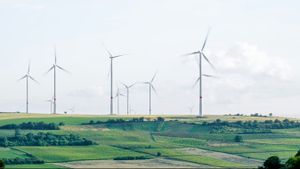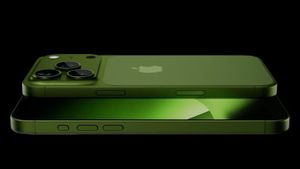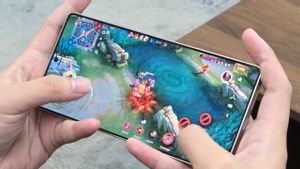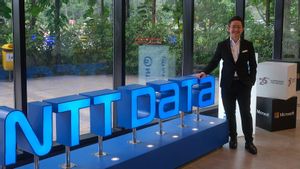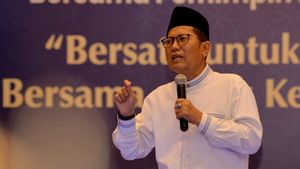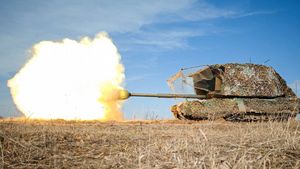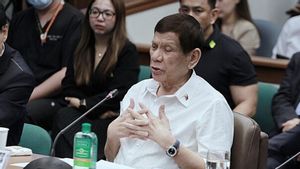JAKARTA - Researchers in the UK and the US have found a way to recycle electric car batteries that can drastically reduce costs and carbon emissions. It could also shore up a sustainable supply for the surge in battery demand.
Technique, this involves taking parts of the battery so that it can be reused. This will help the auto industry overcome the criticism that while EVs can reduce exhaust emissions over their lifetime, they are actually starting to increase the heavy carbon footprint of the mine.
As the government secures supply for the expected acceleration in EV demand, the breakthrough could make the supply of valuable materials such as cobalt and nickel go further. They will also reduce dependence on China and difficult mining jurisdictions.
"We can't recycle complex products like batteries like we recycle other metals. Crushing, mixing battery components and pyrometallurgy destroys value," said Gavin Harper, a researcher at the government-backed Faraday Institution in the UK.
Pyrometallurgy refers to the extraction of metals using high heat in blast furnaces. According to analysts this is actually not economical.
Current recycling methods also rely on breaking down batteries into very small pieces, known as black mass. Then the pieces are then processed into metals such as cobalt and nickel.
A switch to a practice known as direct recycling, which will preserve components such as the cathode and anode, can drastically reduce energy wastage and manufacturing costs.
Researchers from the University of Leicester and the University of Birmingham working on the Faraday Institute's ReLib project have found a way to use ultrasonic waves to recycle the cathode and anode without shredding. They have also filed a patent for this process.
This technology recovers cathode powder made of cobalt, nickel and manganese from aluminum sheets, which are glued together in the manufacture of batteries. The anode powder, which is usually graphite, is separated from the copper sheet.
Andy Abbott, a professor of physical chemistry at the University of Leicester said the ultrasonic separation would result in a 60% cost savings compared to the cost of raw materials.
Ultrasonic Technology
Compared to more conventional technologies, based on hydrometallurgy, which use liquids, such as sulfuric acid and water to extract materials, he said ultrasonic technology can process 100 times more battery material in the same period.
The Abbott team has manually separated the battery cells to test the process. However, ReLib is working on a project to use robots to more efficiently separate batteries and their packaging.
In the United States, a Department of Energy sponsored project called ReCell is now in the final stages of demonstrating a different recycling technology. However, it is also promising in updating the battery cathode to make it a new cathode.
ReCell, led by Jeff Spangenberger, has studied many different methods, including ultrasonic. But they focus on thermal and solvent based methods.
"The US doesn't make many cathodes domestically, so if we use hydrometallurgy or pyrometallurgy, we have to send recycled materials to other countries to convert them into cathodes and send them back to us," Spangenberger said.
"To make lithium-ion battery recycling profitable, without requiring disposal costs to consumers, and to drive the growth of the recycling industry, new methods that yield higher profit margins for recyclers need to be developed," he added.
According to Spangenberger, there are challenges for direct recycling, including the growing number of chemical liquids. "ReCell is working to separate the different cathode chemistry," he said.
Early electric vehicle battery cells used cathodes with equal amounts of nickel, manganese, cobalt or 1-1-1. But now that has changed in recent years. Manufacturers are trying to reduce costs and cathode chemistry can be 5-3-2, 6-2-2 or 8-1-1.
The approach at Faraday's ReLib project is to combine recycled materials with pure materials to obtain the required ratio of nickel, manganese and cobalt.
The English, Chinese, Japanese, Arabic, and French versions are automatically generated by the AI. So there may still be inaccuracies in translating, please always see Indonesian as our main language. (system supported by DigitalSiber.id)



